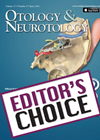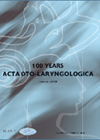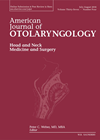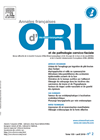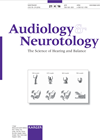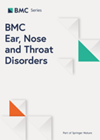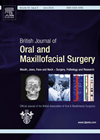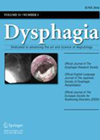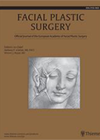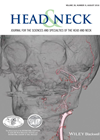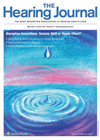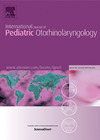
Journal Reviews archive for September 2016
A raised neutrophil / lymphocyte ratio predicts vestibular schwannoma growth
It has long been known that the neutrophil to lymphocyte count ratio (NLR) is a marker of inflammation and that a higher ratio relates to poorer outcomes in some malignant tumours including some head and neck cancers. Neutrophilia (and therefore...
Does cholesteatoma surgery affect school performance?
While much focus has been placed on short-term complications associated with cholesteatoma, a lack of knowledge remains about the impact suffering from cholesteatoma in childhood may have on educational outcome. The aim of the study was to investigate whether suffering...
Myringoplasty in a bottle?
Management of large traumatic TM perforations can involve observation and water precautions or surgical repair. Closure rates for larger perforations can be 8-12 weeks and occurs for between 38-79%. Animal and human studies have shown that exogenous application of epidermal...
AM and the neck
Infections with atypical mycobacteria (AM) are increasing, especially with the decline in BCG immunisation. The most frequent presentation is a lymphadenopathy in an immunocompetent child. This poses a difficult diagnostic challenge if the clinician is not aware of this entity....
Paediatric hearing following chemotherapy
This study examined the effect of platinum compounds on hearing in 104 children with solid tumours. As would be expected, this group was heterogeneous and included a range of ages, tumour types, chemotherapeutic agents and dosing regimens. Age-appropriate audiometry was...
Identifying clinically useful salivary substitutes
This in vitro study analysed the efficacy of salivary substitutes used in the treatment of xerostomia following head neck irradiation. The researchers applied the products under evaluation onto a synthetic surface and onto cellular gingival models. The products were then...
Managing high flow head and neck arteriovenous malformations (AVM)
Vascular malformations are lesions where the traditional network of capillaries linking arteries and veins are lacking. Patients usually present with bleeding, pain, disfigurement and tissue expansion and destruction. High flow lesions can be challenging to manage in the head and...
What can we tell about swallow physiology from a bedside clinical assessment?
Knowledge about swallowing physiology has greatly increased with the use of instrumental assessments such as videofluoroscopy (VFS). The authors of this paper performed an analysis of data obtained from 60 stroke patients who were assessed via a clinical swallow examination...
Airway first in patients with facial trauma
Anyone that has ever been on an ATLS or indeed any other trauma course will be well indoctrinated with the principles of ABC. Securing the airway is of paramount importance; but what to do if the anatomy is altered or...
Contemporary UK experience of oropharyngeal transoral laser microsurgery
It is well recognised that the current emergence of HPV-positive oropharyngeal squamous cell carcinoma (OPSCC) as a distinct disease entity requires a fresh look at standard treatment modalities that are based on chemoradiotherapy for stage III/IVa OPSCC. The Newcastle experience...
Hearing aids in children for language development
This article summarises the current evidence and a recent study examining the factors influencing language development in children fitted with hearing aids in order to aid clinical decision making. The aims were to examine amplification factors that could be targeted...
Antiseptics to combat otorrhea in the era of antibiotic resistance
This nice scientific paper pits various antiseptic solutions against each other to determine which has the most bactericidal properties. Five different antiseptics were applied to MRSA and quinolone-resistant pseudomonas species, which are both difficult to treat with conventional ototoxic medications....

